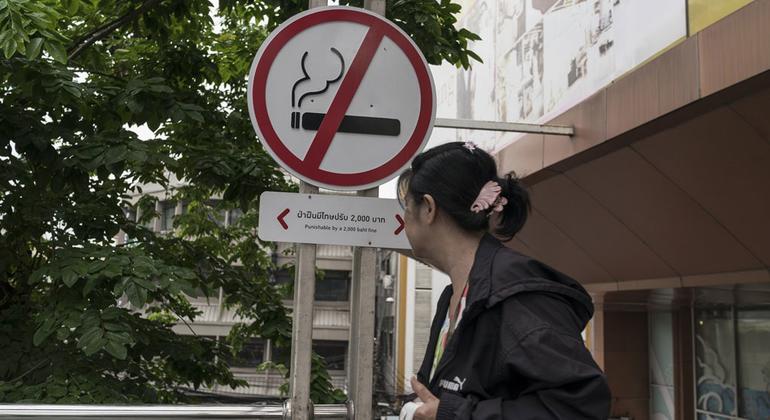New WHO guidelines help millions quit smoking


These Recommendations expected to benefit more than 750 million adults who want to quit all types of tobacco including cigarettes, waterpipes, smokeless tobacco products, cigars, roll-your-own tobacco and heated tobacco products.
“This guidance marks an important milestone in our global fight against these dangerous products,” said Tedros Adhanom Ghebreyesus, WHO General manager.
“It empowers countries with essential tools to effectively support people to quit smoking and reduce the global burden of tobacco-related diseases,” he added.
The challenge of giving up
While 750 million tobacco users – 60 percent of the world’s 1.25 billion tobacco users – want to quit, the majority lack access to services to help them quit due to resource constraints and other health system challenges.
Rüdiger Krech, WHO Director of Health Promotion, stressed that the difficulties people face when trying to quit smoking should not be overstated.
“We need to appreciate the strength it takes and the pain it takes for individuals and their loved ones to overcome this addiction,” says Dr. Krech. “These guidelines are designed to help communities and governments provide the best possible support and assistance to people on this challenging journey.”
Treatment options
In its guidelines, WHO has suggested that a combination of pharmacotherapy and behavioral interventions can significantly increase the success rate of smoking cessation.
It encourages countries to provide these treatments free of charge or at reduced cost to improve access, particularly in low- and middle-income countries.
Treatments include medications such as varenicline, nicotine replacement therapy (NRT), bupropion, and cytisine.
For behavioral interventions, WHO recommends brief counseling sessions with a health worker — lasting between 30 seconds and three minutes — in a health care setting.
More intensive care options include individual, group, or telephone counseling sessions.
“In addition, digital interventions such as text messaging, smartphone apps and internet programmes can be used as support or self-management tools,” WHO added.




